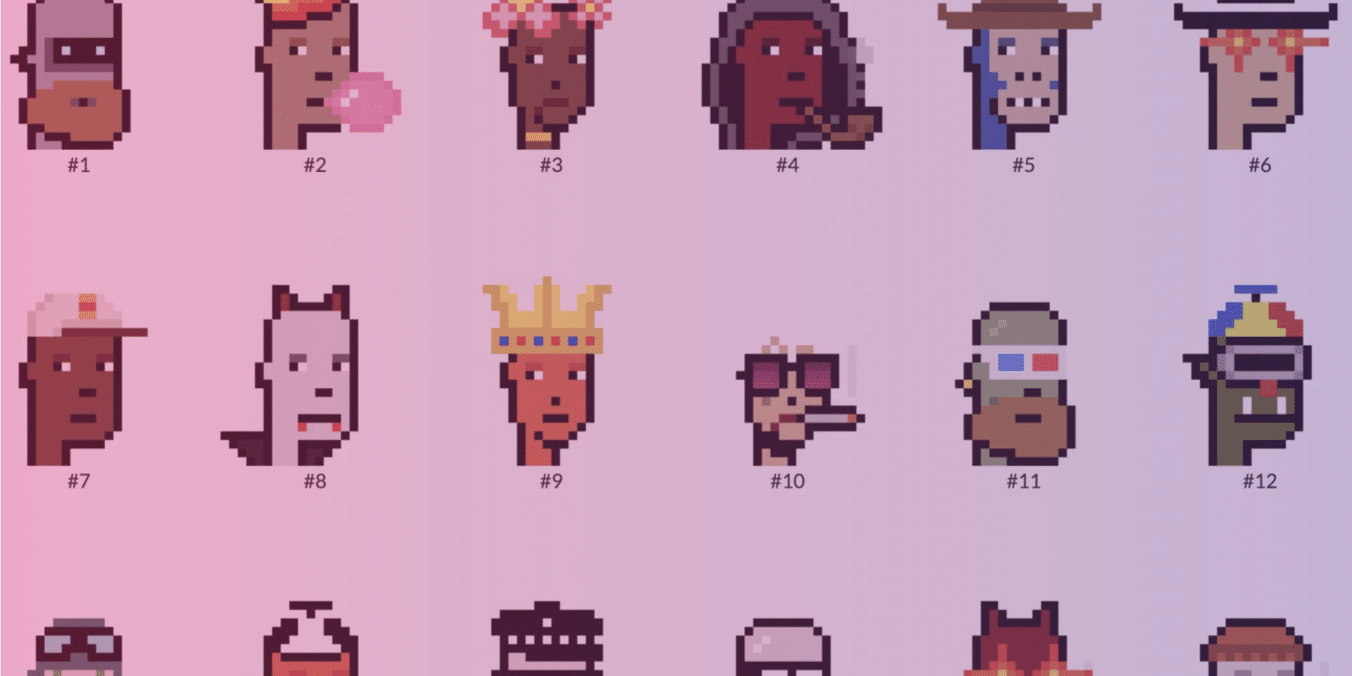
What are… Bitcoin NFTs?
Swish | 12 April, 2023
How NFTs work on Bitcoin – introducing Ordinal Theory
To understand how non-fungible tokens work on the Bitcoin blockchain, you need to first understand what Satoshis are. Satoshis represent the smallest unit of Bitcoin, with a single Bitcoin being divisible into 100 million Satoshis.
With the launch of Ordinals in January, Casey Rodarmor, the software engineer behind the project has created a system to track individual Satoshis, allowing market participants to ‘inscribe’ meaning to each individual unit of Satoshi. You can think of Ordinals as effectively dividing the entire Bitcoin supply into a single NFT collection made up of 2.1 quadrillion NFTs called “Satoshis”, each carrying a unique ‘serial number’ when they are mined.
On top of tracking and identifying individual Satoshis, users are able to ‘inscribe’ or attach unique pieces of data to a specific Satoshi – which can include an image, audio file or text file etc. Doing so effectively makes each inscribed unit of Satoshi unique, as they carry an attribute separating them from other Satoshis on the Bitcoin network.
Bitcoin vs Ethereum NFTs
On-chain vs Off-chain
One of the key differences between Bitcoin and Ethereum NFTs is where the data is being stored. Most Ethereum NFTs make use of an InterPlanetary File System (IPFS), where an NFT's metadata points to data which is stored off-chain on a separate file storage solution.
For Bitcoin, the entire image is stored on-chain – an expensive process which in return guarantees the permanence of the file.
Collections
Most Ethereum NFTs are part of a unified collection which can be browsed on secondary marketplaces on a user-friendly interface.
However, a solution has yet to be created for Bitcoin NFTs to be categorised and sorted within a unified collection, and currently require some off-chain coordination or social consensus at the moment (i.e. multiple participants agreeing that certain NFTs belong in the same collection).
Creators pay for ‘minting’ on Bitcoin
When NFTs are launched on other blockchains, the cost of creating the NFT usually falls onto the collector or buyer, who pays a transaction fee to ‘mint’ or create an NFT.
However, in the case of Bitcoin, creators are the one paying for the cost of creating the NFT, which is then sold to the buyer, usually through an OTC or escrowed trade. Since the creator has to take on the risk of creating an NFT (with no guarantee of a sale), NFT collections on Bitcoin tend to be smaller. It is also very likely that we'll see more established artists that understand the demand for their work adopting Bitcoin NFTs first.
Will Bitcoin NFTs take off?
There’s no doubt that any major development on the Bitcoin blockchain is significant, given the Bitcoin’s reputation as the largest and most secure blockchain to date, and the cryptocurrency’s well-known status in the public eye.
However, there are currently a few technical barriers to entry which hinder Bitcoin NFTs from inching towards mass adoption. To buy a Bitcoin NFT, users have to learn how to run their own Bitcoin node (which could take 24 hours) and know how to use command lines to manage their Bitcoin NFTs (since most Bitcoin wallets don’t support Ordinals at the moment).
Additionally, the Bitcoin blockchain was built around security over scalability, with each block having a limited data capacity. Hence, most Bitcoin purists would agree that the Bitcoin blockchain would work best as a layer for transactions, rather than the storing of data in the form of various NFTs.
This article was adapted from "Bitcoin NFTs & Ordinals — Everything you wanted to know" by Rising Capital (Feb 15, 2023).
Swish is your gateway to Web3, technology and other educational content. Get your invite to Swish here.




Leave Comments